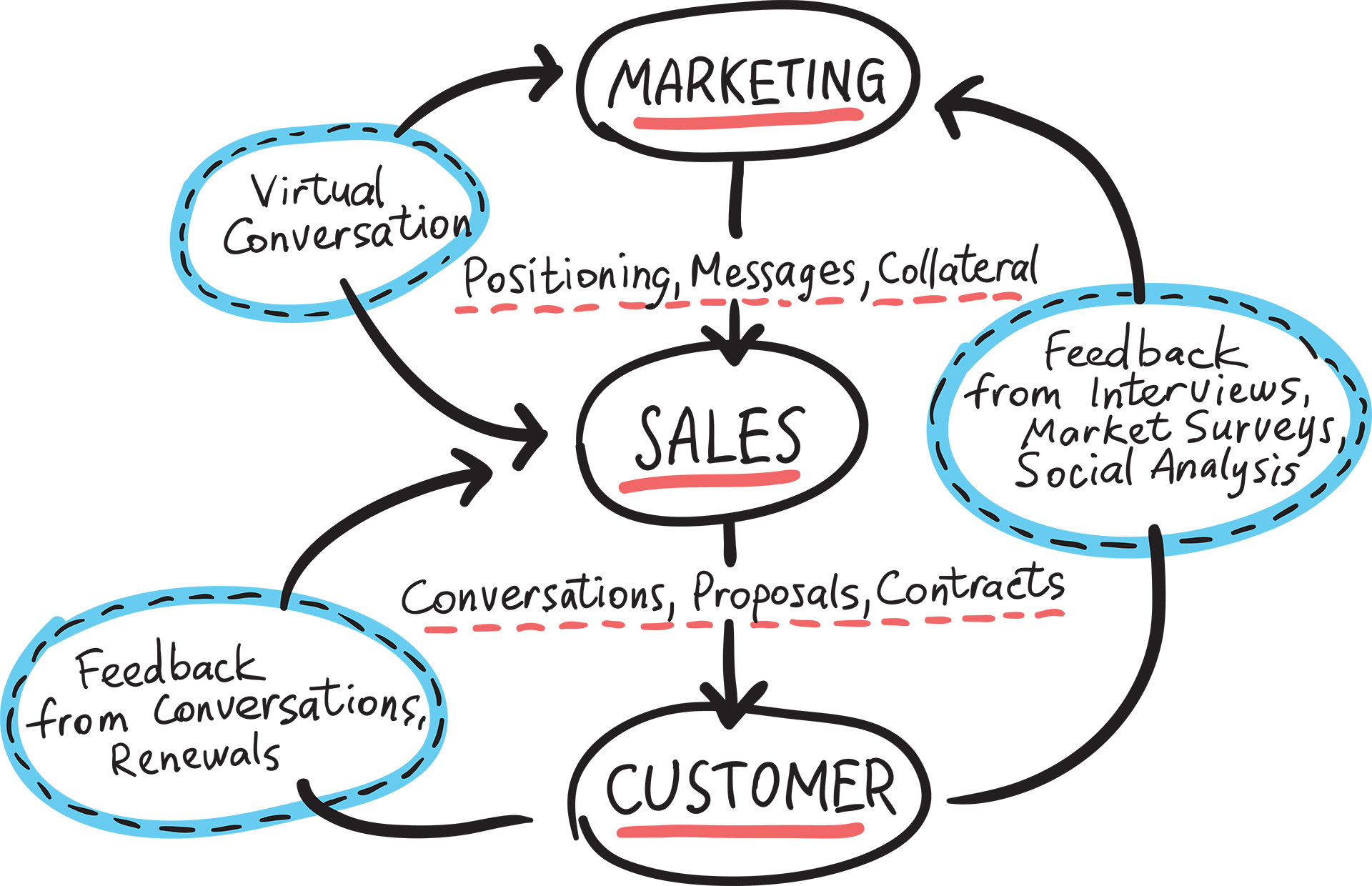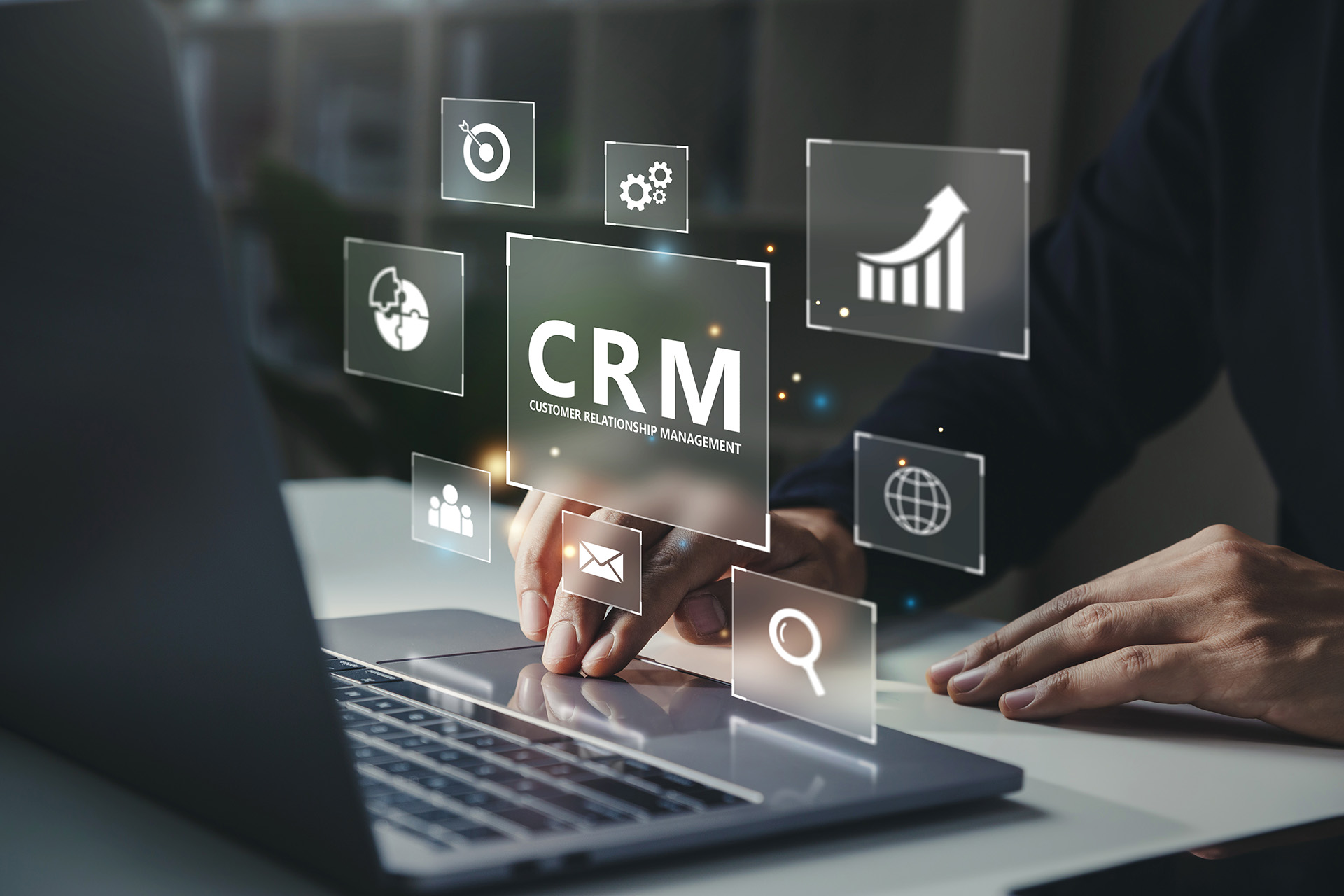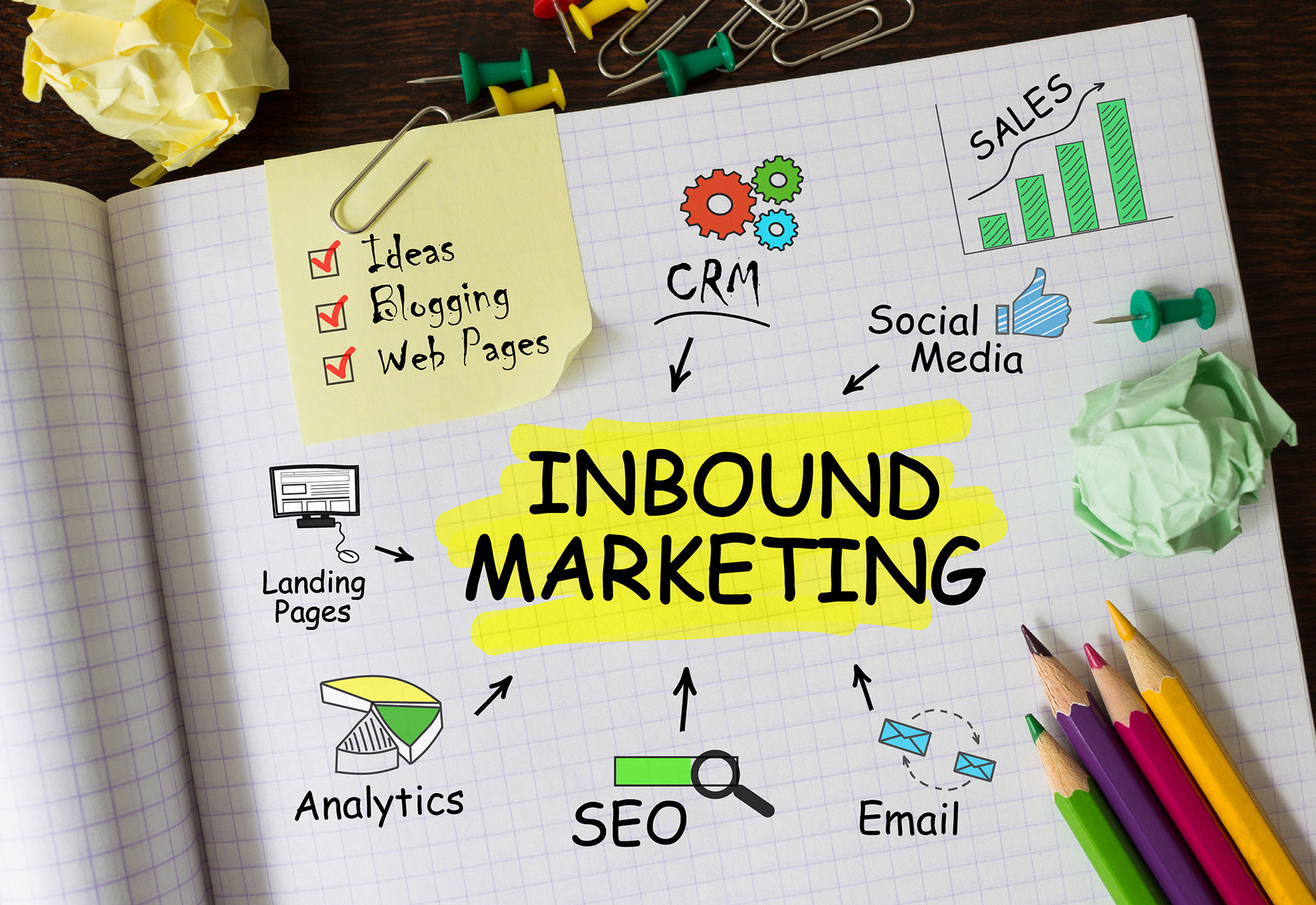
In the world of B2B sales, few things are more frustrating than pouring time, effort, and resources into your sales funnel only to see a disappointing conversion rate. A well-constructed sales funnel should guide prospects smoothly from initial awareness to the final purchase, driving revenue growth along the way. But what happens when your funnel fails to convert? The impact on your bottom line can be significant, stalling growth and creating a ripple effect across your entire business.
Understanding why your sales funnel isn’t converting is the first step towards rectifying the problem. In this article, we will explore the common reasons for low conversion rates and provide actionable strategies to optimize your funnel, ensuring it effectively nurtures leads and maximizes revenue.
Understanding the Sales Funnel
Definition and Stages of a Sales Funnel
A sales funnel is a visual representation of the customer journey from initial contact to final purchase. It typically consists of four main stages:
- Awareness: At this stage, prospects first become aware of your product or service. The goal is to capture their attention and create interest.
- Interest: Here, the prospect begins to engage with your content and shows a genuine interest in what you offer.
- Decision: The prospect is now evaluating your offering and comparing it to alternatives. They are nearing the decision to purchase.
- Action: The final stage, where the prospect converts into a customer by making a purchase.
Each stage is crucial, as it represents a critical point in the customer journey. A well-functioning sales funnel ensures a seamless transition from one stage to the next, ultimately driving conversions and revenue growth.
The Role of a Well-Functioning Sales Funnel in Revenue Growth
A properly optimized sales funnel doesn’t just capture leads; it nurtures them, builds relationships, and guides them towards making a purchase decision. When your funnel works as it should, it shortens the sales cycle, increases the average deal size, and improves customer retention rates. Companies with optimized sales funnels typically see higher conversion rates, more consistent revenue streams, and a better return on investment (ROI) from their marketing efforts.
Diagnosing the Problems in Your Sales Funnel
If your sales funnel isn’t converting, the first step is to identify where the issues lie. Here are some common problems that could be affecting your funnel’s performance:
Low Quality or Irrelevant Traffic
Driving large volumes of traffic to your website is important, but if that traffic isn’t relevant, it won’t convert. Low-quality traffic is often a result of poor targeting, ineffective messaging, or irrelevant content. For instance, if your ads are attracting visitors who are not within your target audience, they are unlikely to move beyond the awareness stage.
Symptoms: High bounce rates, low engagement metrics such as time on page or pages per session.
Ineffective Lead Capture Mechanisms
Once you’ve attracted the right audience, capturing their information is crucial. If your lead capture mechanisms are ineffective—due to complicated forms, lack of compelling lead magnets, or poorly placed calls-to-action (CTAs)—you’ll lose potential leads before they even enter your funnel.
Symptoms: Low conversion rates on landing pages, high drop-off rates at the lead capture stage.
Poor Lead Nurturing and Follow-Up
Not all leads are ready to buy immediately. Effective lead nurturing involves guiding prospects through the funnel with personalized content and regular follow-ups. If your nurturing efforts are weak—such as sending generic emails or failing to follow up in a timely manner—leads will stall or drop out of the funnel.
Symptoms: Leads getting stuck in the middle of the funnel, low email open/click-through rates.
Misaligned Sales and Marketing Teams
For a sales funnel to work efficiently, sales and marketing teams need to be in sync. Misalignment can result in inconsistent messaging, poorly qualified leads, and missed opportunities. If your sales and marketing teams are working in silos, it’s likely that your funnel isn’t as effective as it could be.
Symptoms: Leads getting stuck in the funnel, differing KPIs, inconsistent messaging to prospects.
Lack of Data-Driven Decision Making
In today’s data-driven world, relying on intuition alone is a recipe for failure. Without proper analytics and attribution tracking, you can’t identify bottlenecks in your funnel or understand what’s working and what isn’t. A lack of data-driven decision-making can leave you blind to critical issues affecting your conversion rates.
Symptoms: Blind spots in the funnel, inability to identify where leads drop off, making decisions without data.
How to Fix Your Sales Funnel
Once you’ve diagnosed the problems, it’s time to implement solutions. Here’s how you can address the common issues plaguing your sales funnel:
Improve Traffic Quality
Start by refining your targeting efforts. Use data-driven insights to ensure that your marketing campaigns are reaching the right audience. This may involve adjusting your buyer personas, optimizing your content strategy, or using advanced segmentation in your ad campaigns.
Tactics:
- Refine targeting with detailed data analysis.
- Optimize content strategy to align with your ideal customer profile.
- Utilize advanced segmentation techniques in advertising.
Tools: Google Analytics, SEMrush, LinkedIn Ads targeting
Optimize Lead Capture
Simplify your lead capture forms to reduce friction. Ensure that your CTAs are compelling and strategically placed on high-traffic pages. Additionally, offer valuable lead magnets that resonate with your audience, such as industry reports, white papers, or free trials.
Tactics:
- Simplify forms by reducing the number of required fields.
- Offer compelling lead magnets relevant to your target audience.
- A/B test CTAs and landing pages to find the most effective variations.
Tools: OptinMonster, Unbounce, HubSpot, Go High Level
Enhance Lead Nurturing Processes
Develop a robust lead nurturing strategy that involves personalized email sequences, dynamic content tailored to the prospect’s behavior, and retargeting ads to keep your brand top-of-mind. Ensure that your follow-up process is timely and relevant to the prospect’s stage in the funnel.
Tactics:
- Implement personalized email sequences based on lead behavior.
- Use dynamic content to deliver relevant messages at the right time.
- Retarget leads with ads that address their specific needs and concerns.
Tools: Go High Level, HubSpot, ActiveCampaign
Align Sales and Marketing Teams
Facilitate regular communication between your sales and marketing teams to ensure they are aligned on goals and strategies. Establish unified KPIs and use collaborative tools to foster cooperation. A shared CRM platform can also help both teams stay on the same page regarding lead status and progression.
Tactics:
- Set up regular cross-functional meetings and communication channels.
- Unify KPIs to ensure both teams are working towards the same objectives.
- Use collaborative tools to improve teamwork and information sharing.
Tools: Slack, ClickUp, Trello
Leverage Data Analytics and Attribution
Invest in a robust analytics setup to track your funnel’s performance from end to end. Implement multi-touch attribution to understand which marketing efforts are driving conversions. Regularly analyze this data to identify bottlenecks and opportunities for optimization.
Tactics:
- Set up end-to-end tracking for complete visibility into funnel performance.
- Implement multi-touch attribution to track the impact of each marketing touchpoint.
- Regularly analyze funnel data and make adjustments based on insights.
Tools: Google Analytics 4, HubSpot Analytics, Segmetrics
Monitoring and Continuous Improvement
Optimizing your sales funnel isn’t a one-time task; it requires ongoing monitoring and refinement. Here’s how to ensure your funnel continues to perform at its best:
Regular Funnel Audits
Conduct regular audits of your sales funnel to identify any new issues that may have arisen. This involves reviewing each stage of the funnel, analyzing performance metrics, and making necessary adjustments.
Using A/B Testing for Continuous Optimization
A/B testing is crucial for ongoing optimization. Regularly test different elements of your funnel—such as CTAs, landing pages, and email content—to determine what resonates best with your audience.
Leveraging Customer Feedback
Gather feedback from leads who didn’t convert to gain insights into their experience. Use this feedback to refine your funnel and address any pain points that may be causing drop-offs.
Conclusion
A non-converting sales funnel can be a major obstacle to achieving your business goals. By diagnosing the issues and implementing targeted fixes, you can optimize your funnel to drive more leads, improve conversion rates, and ultimately boost your revenue.
Remember, a well-optimized sales funnel is not just a tool for generating leads; it’s a powerful engine for growth. If your funnel isn’t performing as it should, now is the time to take action.
Ready to optimize your sales funnel and drive more conversions? Contact us today for a free consultation.



